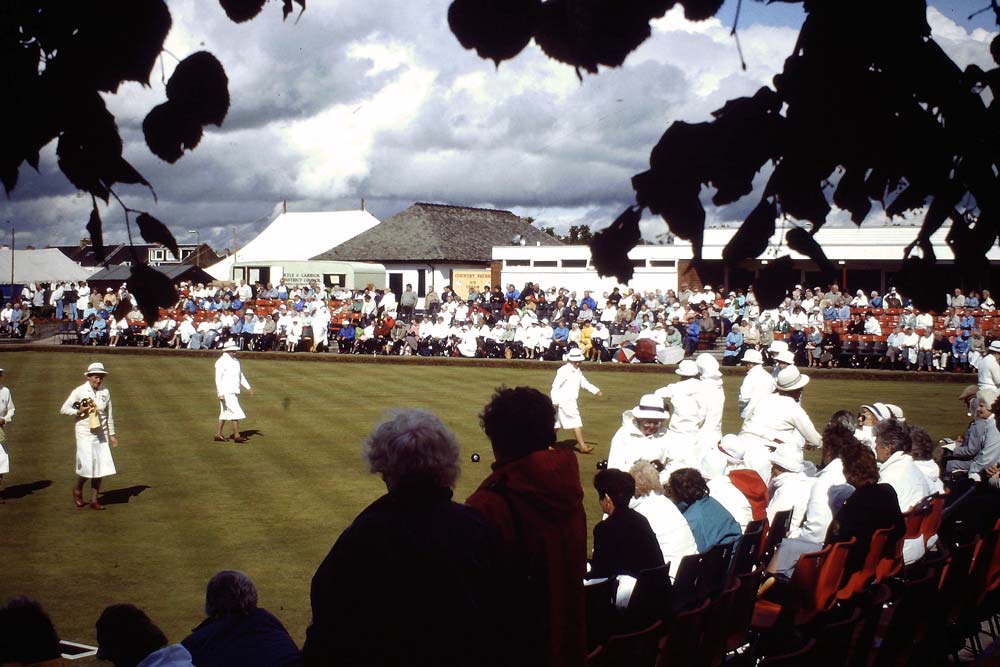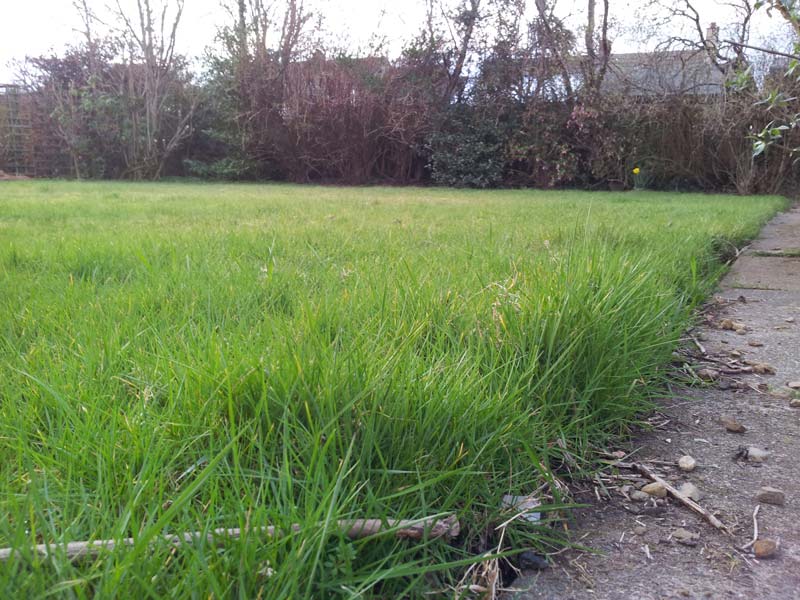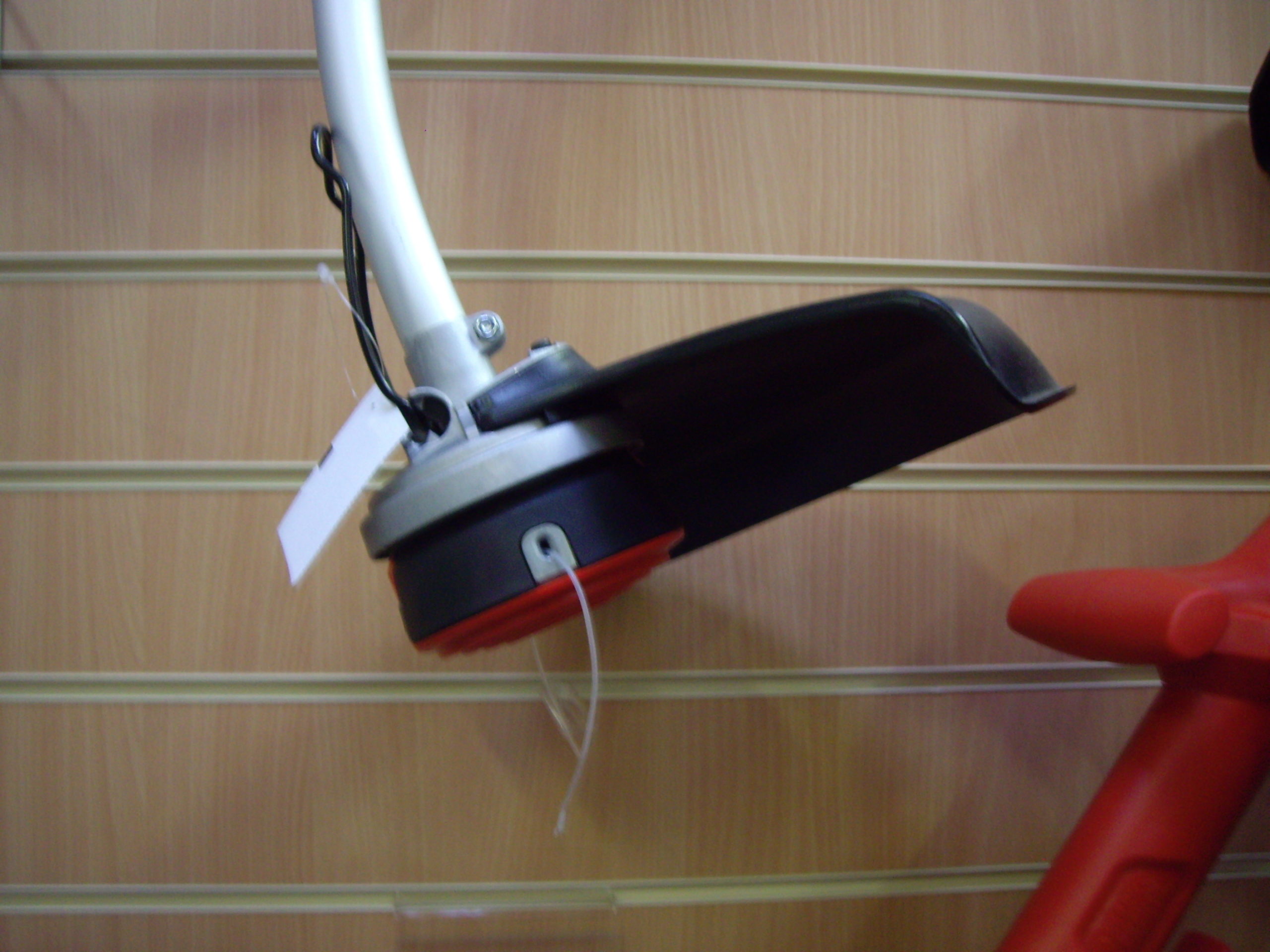
Lawn mowers: what’s best for mowing my lawn
Mowing grass is the most labour intensive part of maintaining a lawn, and certainly has the biggest effect on attaining the desired quality. The first thing I will explain is the difference between using a rotary mower, a cylinder mower, and a strimmer, the main types of grass cutting machines. The rotary mower is probably the most commonly used on lawns, and comes in both wheeled and floating versions. Rotary mowers cut the grass with a horizontal slashing action which allows them to be used on longer grass and more uneven ground than reel mowers, but the slashing action, even if keeping the blades very sharp, gives a very rough edged cut.
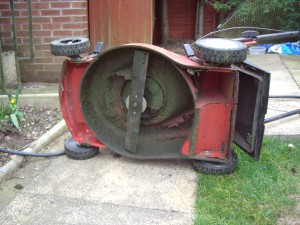
Cylinder mowers have a front and rear roller with a bed knife set at the desired cutting height, and a vertical reel fitted with blades which push the grass onto the bedknife and cut it with a scissor action. The number of blades on the reel combined with the forward speed, dictate how fine the cutting quality will be. This is because of the number of cuts per metre increases with the number of blades, from the lowest of four blades giving fifty to sixty cuts, up to the professional greens mowers with twelve blades giving up to four hundred cuts per metre. Cylinder mowers are very much the preferred option for the better quality lawns and sports surfaces such as golf and bowling greens, as the cut is so much cleaner. This is not only because it looks so much better, but even more importantly the grass plant recovers more quickly as the rotary blade bruises and tears the leaf, giving a brownish appearance and healing up much more slowly. The other main advantage with cylinder mowers is the light rolling action which keeps the lawn surface firmer and smoother. Although some rotary mowers are now fitted with rollers they always produce a softer surface prone to moss invasion and outbreaks of disease because of the cutting action.
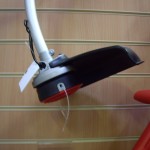
The cutting quality with strimmers is not great as the grass is being torn off by the cord, doing even more damage than a rotary, and it is very difficult to get a level cut, but they are very useful on small awkward areas, for rough ground, close to obstacles such as trees, making sure trees are not damaged in the process of course, and trimming the edge of lawns. I am specifically warning about trees as strimmer damage causes huge losses of trees and shrubs every year in the UK by damaging the bark. The tree will grow much better if a metre or so is kept clear of other growth by spraying with round-up, or even better by mulching.
At this point I would like to stress the importance of maintaining your machinery. By far the most common problems I see on lawns [ and just as often on golf and bowling greens] are caused by blunt, badly set, or badly maintained machines. Cleaning and lubricating after every use is essential as this will save you a lot of money on repairs or replacement. Sharp cutting edges on both rotaries and cylinder mowers will keep the grass much healthier, and will prolong the life of the mower by reducing the strain on the engine and bearings. Rotary blades are easy to keep sharp using a grinder or even a file. Cylinder mowers are more difficult but the main things to take care over are ensuring the reel blades are set parallel to the bed knife, and are loose enough to turn easily with your hand(ensuring mower is switched off!), and ensuring the bed knife is the same height from the ground at both ends. The blades and bed knife should be sharpened professionally every year, which is not a big expense, but can be kept sharp throughout the year by using fine grinding paste to backlap ( spinning the reel backwards), if the cutting edge is blunted at any time.


